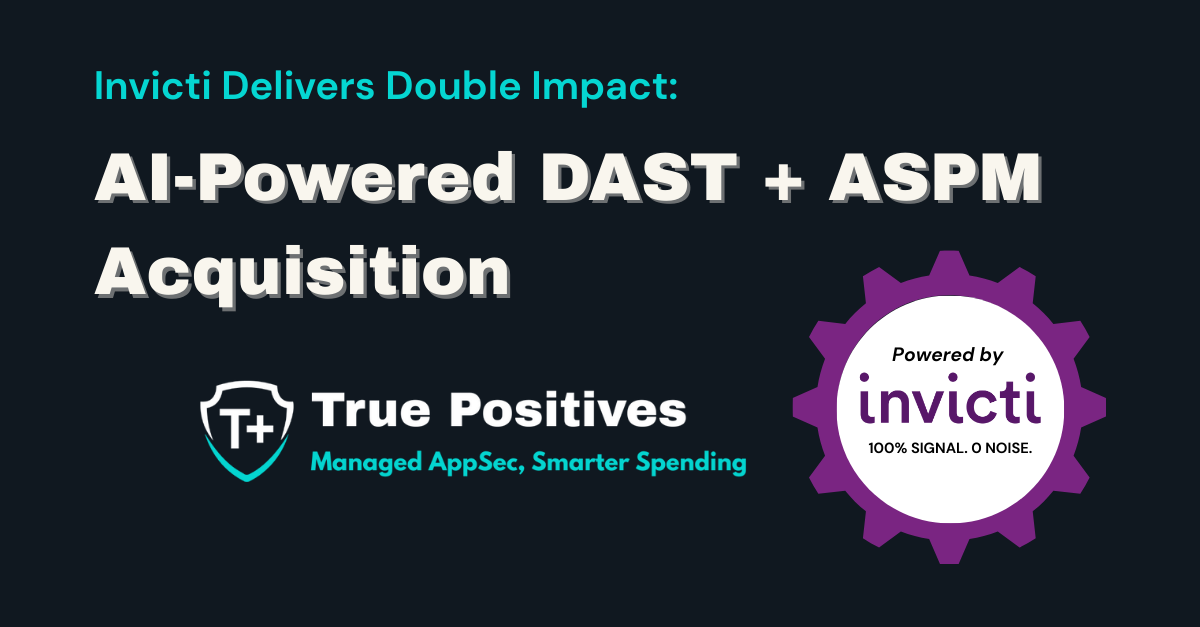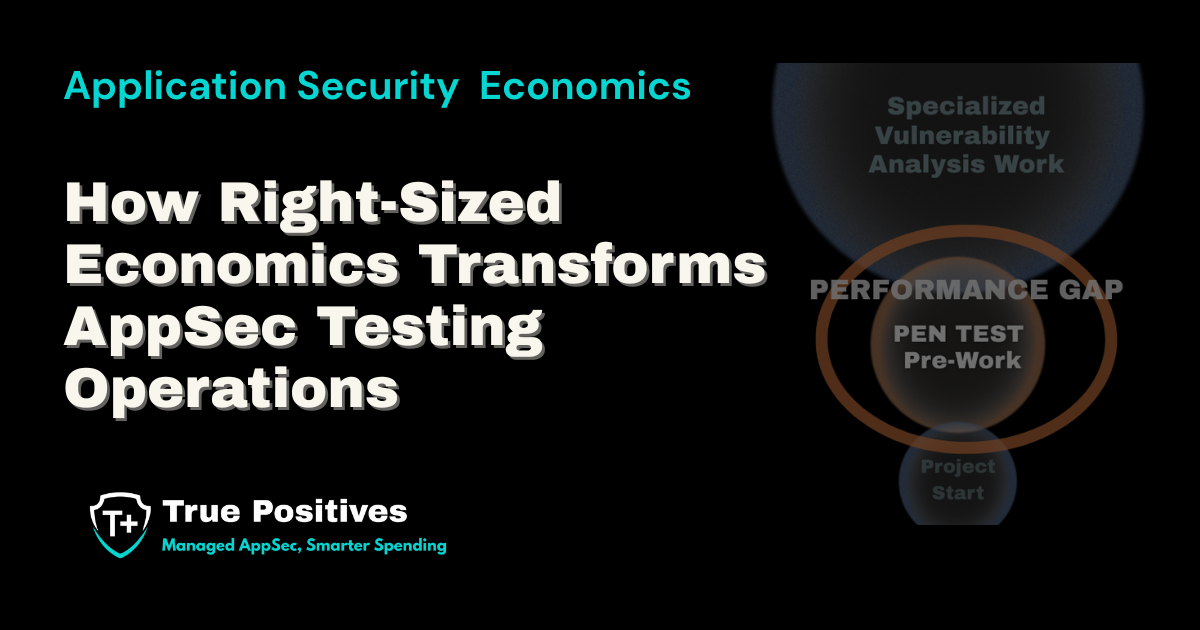Secure Authentication and Authorization Mechanisms for Web Apps
With a continuously evolving threat landscape, the security of web applications needs to be a priority. As a result, it is essential to have robust authentication and authorization mechanisms to safeguard sensitive data and as a result uphold user trust.
In this article, we will explore best practices and technologies for ensuring secure authentication and authorization in web applications,
Introduction to Authentication and Authorization
What is Authentication?
Simply put, Authentication is the process of verifying the identity of a user or system. In the context of web applications, it typically involves validating credentials such as usernames, passwords, or biometric data to ensure that the person attempting to access the application is who they claim to be.
What is Authorization?
Authorization, on the other hand, determines what an authenticated user is allowed to do. After a user’s identity is verified, authorization mechanisms decide whether the user has permission to access certain resources or perform specific actions within the application.
The Importance of Secure Authentication and Authorization
Ensuring secure authentication and authorization is important for several reasons including:
- Protecting Sensitive Data: Unauthorized access can lead to data breaches, exposing sensitive user information.
- Maintaining User Trust: Security lapses damage the business reputation of an application and erode trust.
- Compliance: Many industries are subject to regulations that mandate robust security measures (GDPR, HIPAA, and PCI-DSS).
Best Practices for Secure Authentication
When it comes to secure authentication best practices for web applications, there are some simple best practices that can dramatically increase the overall security of your system.
Let's take a look at a few.
1. Use Strong Password Policies
Having strong password policies is a simple but effective best practice for secure authentication. This includes educating users on the importance of creating passwords that are not only long, complex, and unique but also easy to remember.
In addition, password managers can assist users in managing complex passwords securely without the risk of forgetting them or resorting to insecure practices like writing them down.
2. Multi-Factor Authentication (MFA)
Multi-Factor authentication or MFA adds an extra layer of security by requiring additional verification methods beyond passwords. These methods can include:
- SMS-based codes: A code sent to the user's mobile device.
- Authenticator apps: Time-based one-time passwords (TOTPs) generated by apps like Google Authenticator.
- Biometric verification: Fingerprints, facial recognition, or voice recognition.
According to Microsoft, MFA can block over 99.9% of account compromise attacks.
3. Implementing OAuth 2.0
OAuth 2.0 is a widely adopted authorization framework that enables applications to securely access user data on other services without requiring the user to share their login credentials directly. In essence, it acts as a "valet key," granting limited access to specific resources on behalf of the user.
Here's how it works:
- User Consent: The user initiates the process by granting permission to a third-party application (the client) to access their data on another service (the resource server).
- Authorization Grant: The client obtains an authorization grant from the resource server's authorization server. This grant typically includes an access token, which acts like a temporary pass for the client to access the user's data.
- Access Token Usage: The client uses the access token to make authorized requests to the resource server on behalf of the user. The resource server verifies the token and grants access if it's valid.
OAuth 2.0 is incredibly versatile and widely used for scenarios like social logins, third party integrations, and mobile apps.
4. Single Sign-On (SSO)
Finally, Single Sign-On (SSO) is an authentication scheme that allows users to log in once and gain access to multiple related but independent systems or applications. This eliminates the need to remember and manage multiple sets of credentials, significantly improving user experience and productivity.
Beyond convenience, SSO offers security benefits as well:
- Reduced Password Fatigue: Users are less likely to choose weak or reused passwords when they only need to remember one.
- Centralized Authentication: SSO solutions often implement stronger authentication measures, such as multi-factor authentication (MFA), making it more difficult for attackers to compromise user accounts.
- Simplified Access Management: Administrators can manage user access and permissions centrally, streamlining the onboarding and offboarding process.
There are several different SSO protocols and implementations, each with its own strengths and weaknesses. Common examples include SAML, OpenID Connect, and Kerberos.
Best Practices for Secure Authorization
Secure authorization is the cornerstone of protecting sensitive information and resources within an organization. It goes beyond simply verifying a user's identity (authentication) to determine what actions they are permitted to perform within a system.
Let's take a look at some best practices for secure authorization.
1. Role-Based Access Control (RBAC)
Role-Based Access Control, or RBAC, is a widely adopted model that simplifies the management of user permissions by grouping them into distinct roles. Simply put, each role corresponds to a set of responsibilities within the organization (e.g., "manager," "analyst," "sales representative") and then permissions are assigned to these roles, opposed to individual users.
This approach offers several advantages:
- Reduced Administrative Overhead: Changes to a role's permissions automatically apply to all users assigned to that role.
- Enhanced Security: Limiting permissions to those strictly necessary for a role helps contain the potential damage of unauthorized access.
- Clearer Understanding of Access: Permissions become more transparent and easier to audit.
2. Attribute-Based Access Control (ABAC)
Attribute-Based Access Control (ABAC) takes a more nuanced approach to authorization by considering various attributes of the user, the resource being accessed, and the environmental context. These attributes could include:
- User Attributes: Department, job title, clearance level, employment status
- Resource Attributes: Type of data, sensitivity level, project association
- Environmental Attributes: Time of day, geographic location, device type
The biggest benefit to ABAC is it allows for highly dynamic and context-aware access decisions, making it a powerful tool for environments with more complex security requirements.
3. Least Privilege Principle
The principle of least privilege (PoLP) is a fundamental security concept that advocates granting users only the minimum level of access they need to perform their specific tasks. This principle is essential for mitigating the potential impact of compromised accounts or insider threats.
By limiting the scope of a user's permissions, you create a smaller attack surface and reduce the risk of unauthorized actions.
Technologies and Tools for Secure Authentication and Authorization
Ultimately, the security of our systems, application, and data hinges on not only best practices but the technologies that underly our authentication and authorization mechanisms.
Here are three key technologies that play pivotal roles in modern identity and access management (IAM)
the security of our systems, applications, and data hinges on robust authentication and authorization mechanisms. Fortunately, a powerful arsenal of technologies and tools exists to help organizations achieve this. In this section, we explore three key technologies that play pivotal roles in modern identity and access management (IAM)
JSON Web Tokens (JWT)
JWTs are an open standard (RFC 7519) for securely transmitting information between parties as a JSON object. They're essentially digitally signed or encrypted JSON objects that contain claims (statements) about an entity (typically, a user). These claims can include user identifiers, permissions, or other relevant attributes.
JWTs are widely used for:
- Authentication: Verifying a user's identity upon login or subsequent requests.
- Information Exchange: Passing user data between services in a secure manner.
- Authorization: Conveying a user's permissions or roles within an application.
JWTs are compact, URL-safe, and easy to pass in HTTP headers or query parameters, making them well-suited for web and mobile applications.
OpenID Connect (OIDC)
OpenID Connect (OIDC) builds upon the OAuth 2.0 framework to provide a simple and standardized way to authenticate users across websites and applications. Simply put, OIDC enables a client (e.g., a web app) to verify the identity of a user through an authentication server (often referred to as an Identity Provider or IdP). It also allows the client to obtain basic profile information about the user (e.g., name, email) in a secure manner.
Key benefits of OIDC include:
- Simplified User Experience: Users can log in with their existing accounts from major providers (e.g., Google, Facebook, Microsoft).
- Standardization: OIDC provides a consistent way to implement authentication, reducing development effort.
- Security: Leverages OAuth 2.0 security best practices and industry-standard encryption.
Security Assertion Markup Language (SAML)
SAML is an XML-based standard that has long been a mainstay in enterprise identity management. It facilitates the exchange of authentication and authorization data between an Identity Provider (IdP) and a Service Provider (SP), allowing users to access multiple applications with a single login (Single Sign-On or SSO).
Key features of SAML include:
- SSO: Seamlessly access multiple applications after a single login.
- Federation: Establish trust relationships between organizations for secure resource sharing.
- Flexibility: Supports various authentication methods and integrates with diverse systems.
While SAML is often favored in enterprise environments due to its robust security features and widespread adoption, it can be more complex to implement than JWT or OIDC.
Examples of Secure Authentication and Authorization
Example 1: Implementing MFA in a Web Application
A financial services company implemented MFA for its online banking application. By requiring users to enter a code sent to their mobile device in addition to their password, the company significantly reduced instances of unauthorized access and improved overall security.
Example 2: Using OAuth 2.0 for Third-Party Integrations
A social media platform used OAuth 2.0 to enable third-party applications to access user data securely. By allowing users to grant limited access to their accounts without sharing their passwords, the platform improved security and user experience.
Example 3: Role-Based Access Control in an E-Commerce Platform
An e-commerce platform implemented RBAC to manage permissions for its staff. Sales representatives were given access to customer information, while warehouse staff had permissions to manage inventory. This separation of duties reduced the risk of unauthorized access to sensitive data.
Authentication and Authorization – Final Thoughts
As threats continue to evolve, the security of our web applications needs to be a priority.
Secure authentication and authorization mechanisms are essential for protecting web applications from unauthorized access and data breaches. By following best practices, such as implementing strong password policies, multi-factor authentication, and role-based access control, developers can ensure that your web applications remain secure and trustworthy.
Get expert and affordable managed application security testing services complete with automated scanning and analysis plus manually verified reports – all backed by security veterans from Microsoft, Rapid7, @Stake, Cisco, and Intel.
Talk with True Positives today and for a limited time get a free application scan + comprehensive vulnerability report with manual results verification (view sample report).
.png)
About True Positives
True Positives is a cybersecurity services firm focused on application security. Our team possesses over 100 years of combined enterprise AppSec and DevSecOps expertise. Through our flagship managed services, organizations access enterprise-grade security testing without internal overhead. Our value-added reseller partnerships enable enterprises to construct robust in-house programs with proven tooling and implementation expertise. Serving clients in either capacity, we focus on strengthening security assurance while maintaining development velocity and optimizing program costs. Contact us to discuss your security testing requirements.
%2008%2014%202025%20(4).webp?width=1200&height=400&name=Copy%20of%20%20T%2B%20Logo%20Webpage%20Header%20(500X170)%2008%2014%202025%20(4).webp)


